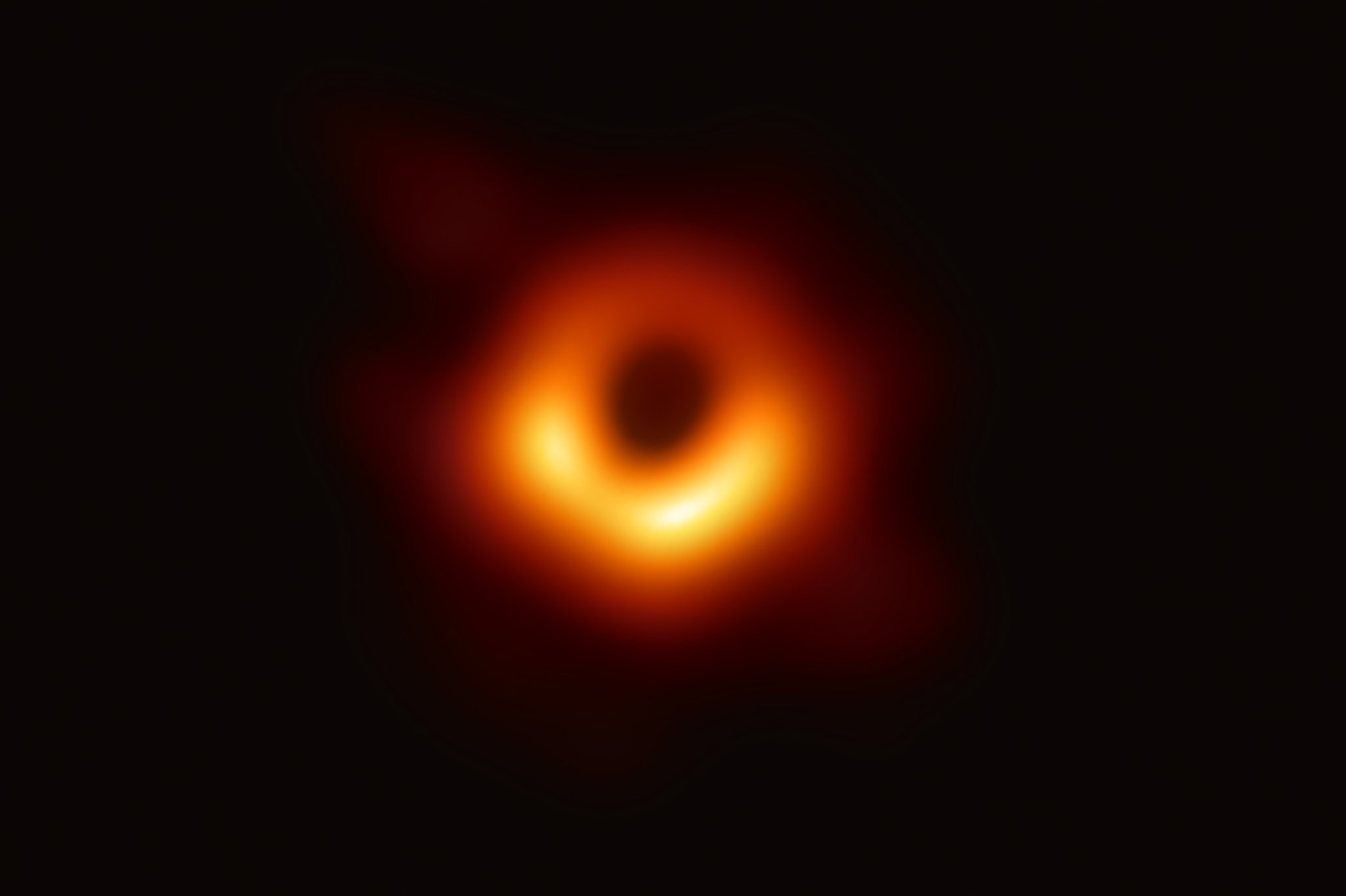The first image of a blackhole
Yesterday was a big day for the scientific community that will stay in the history books. Scientists showed the first image of a black hole, a cosmic abyss so deep and dense that not even light can escape it.
The image offered a final, ringing affirmation of an idea so disturbing that even Einstein, from whose equations black holes emerged, was reluctant to accept it. If too much matter packed into one place, the cumulative force of gravity becomes overwhelming. Here, according to Einstein’s theory, matter, space and time come to an end and vanish like a dream.
To capture the image, astronomers reached across intergalactic space to Messier 87, or M87, a giant galaxy in the constellation Virgo. There, a black hole several billion times more massive than the sun is unleashing a violent jet of energy some 5,000 light-years into space.
The black hole image was captured by the Event Horizon Telescope (EHT) a network of eight linked telescopes around the world.
Katie Bouman led the development of a computer program that made the breakthrough image possible. Dr. Bouman could not hide her delight. Her profile picture on Facebook captioned:
“Watching in disbelief as the first image ever made of a black hole was in the process of being reconstructed.”
She started making the algorithm three years ago while was a graduate student at the Massachusetts Institute of Technology (MIT).
Her contribution made the breakthrough image possible.
Dr, Bouman, now an assistant professor of computing and mathematical sciences at the California Institute of Technology, insisted the team that helped her deserves equal credit.
The effort to capture the image, using telescopes in locations ranging from Antarctica to Chile, involved a team of more than 200 scientists.
“No one of us could’ve done it alone,” she told CNN. “It came together because of lots of different people from many different backgrounds.”
The results of the algorithms were then analyzed by four separate teams to build confidence in the integrity of their findings.
“We’re a melting pot of astronomers, physicists, mathematicians, and engineers, and that’s what it took to achieve something once thought impossible,” Dr. Bouman says.
